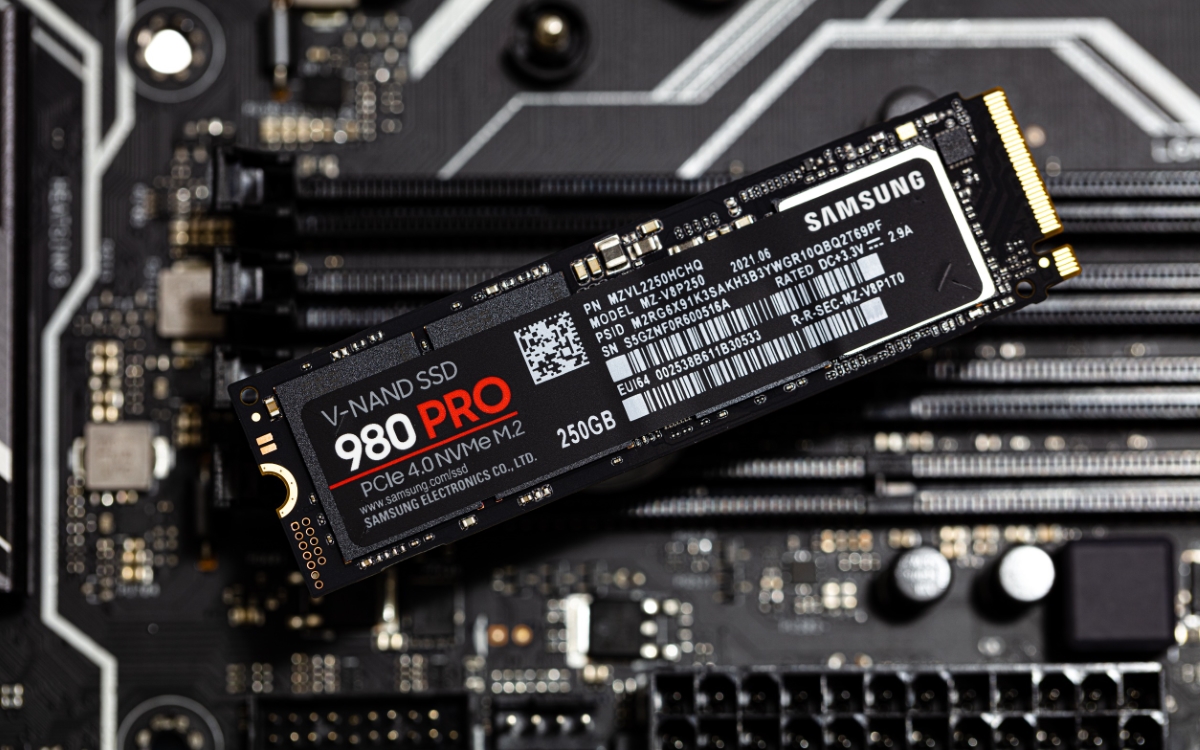
PCIe 6.0, the next generation of data transfer technology, is expected to hit devices from March 2024, delivering twice the bandwidth of its predecessor. It will particularly benefit SSDs.

Earlier this year, consumers witnessed the arrival of the first PCIe 5.0 SSDs, coinciding with the release of the 13th Gen AMD Ryzen 7000 and Intel processors, which are the first compatible with this new generation. However, the consortium behind PCIe, PCI-SIG, is already looking towards the next iteration: PCIe 6.0.
Although the design phase of PCIe 6.0 has been completed, devices using this advanced data link have yet to be unveiled. In a recent presentation, PCI-SIG has announced that true PCIe 6.0 devices are expected to appear from March 2024.
Also Read – PCIe 7.0 will be 8 times faster than PCIe 5.0
What to expect from PCI Express 6.0?
The goal of PCIe 6.0 is clearly defined: to double the bandwidth compared to the previous generation. For example, a 16-lane PCIe 6.0 slot, commonly used for graphics cards and often the largest slot for most devices, will enable two-way data transfer speeds of 128 gigabytes per second.
While the impact of PCIe 6.0 will be significant in various areas, it should particularly benefit solid state drives (SSDs). Currently, typical SSDs use four lanes through the NVMe interface, which translates to 16 GB/s bandwidth for PCIe 5.0 SSDs.
However, with the arrival of PCIe 6.0, SSDs will benefit from an impressive bandwidth of 32 GB/s. To take full advantage of this increased capacity, advancements in storage technology will be required. In the years to come, it is expected that SSDs capable of fully exploiting the potential of 32 GB/s will become available.
While waiting for the arrival of PCIe 6.0, know that the PCI-SIG is already working to define the next standard, PCIe 7.0. By 2025, technical specifications for PCIe 7.0 should be finalized, but the standard is already expected to allow data transfers at 256 GB/s. Obviously, there aren’t really any applications at the moment that require such a transfer speed, but we expect new uses to appear by then.



